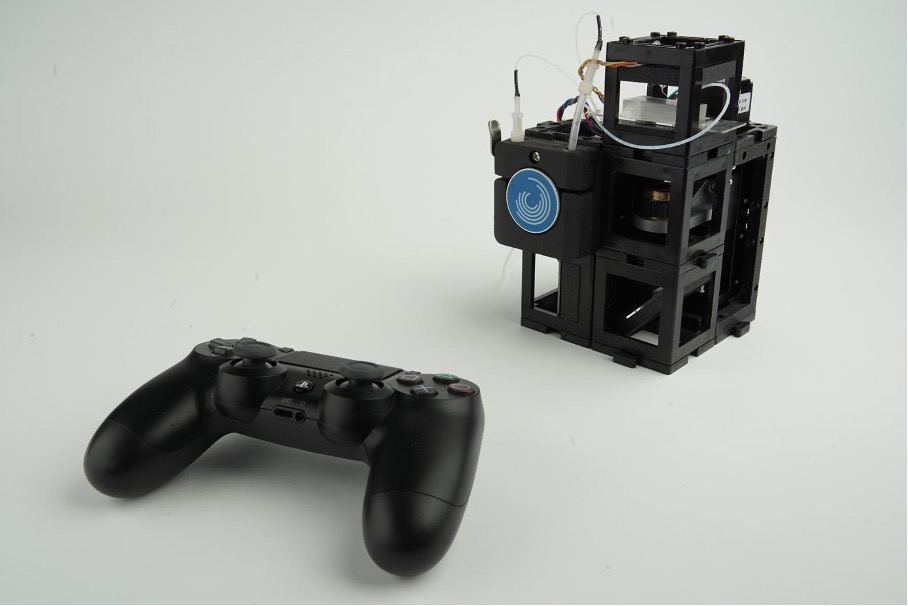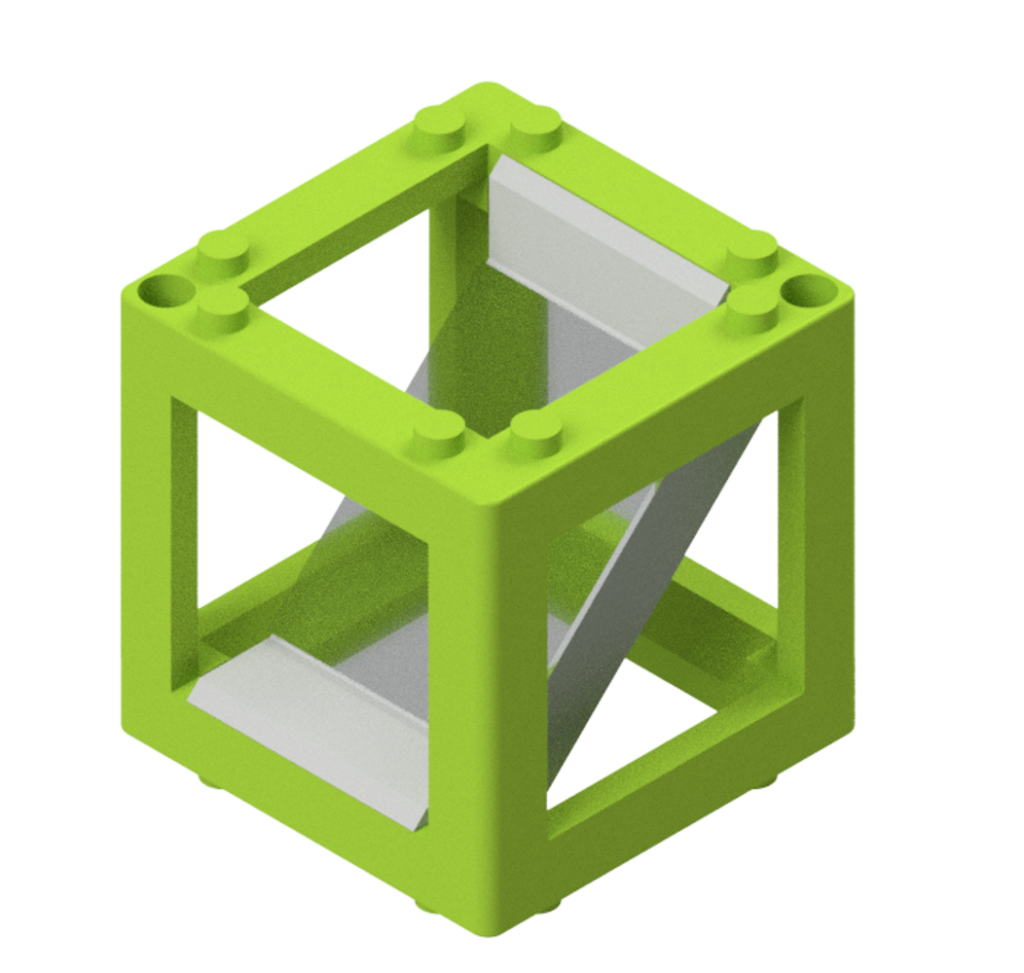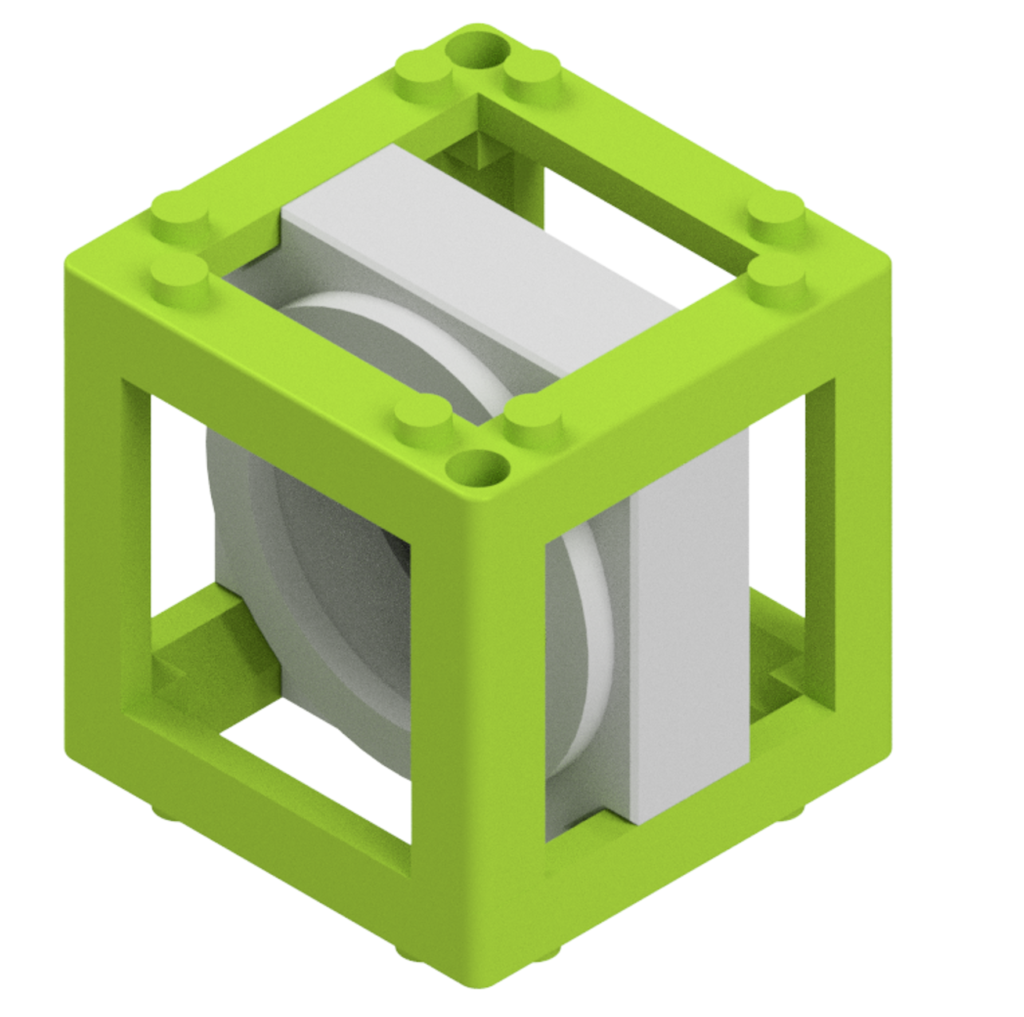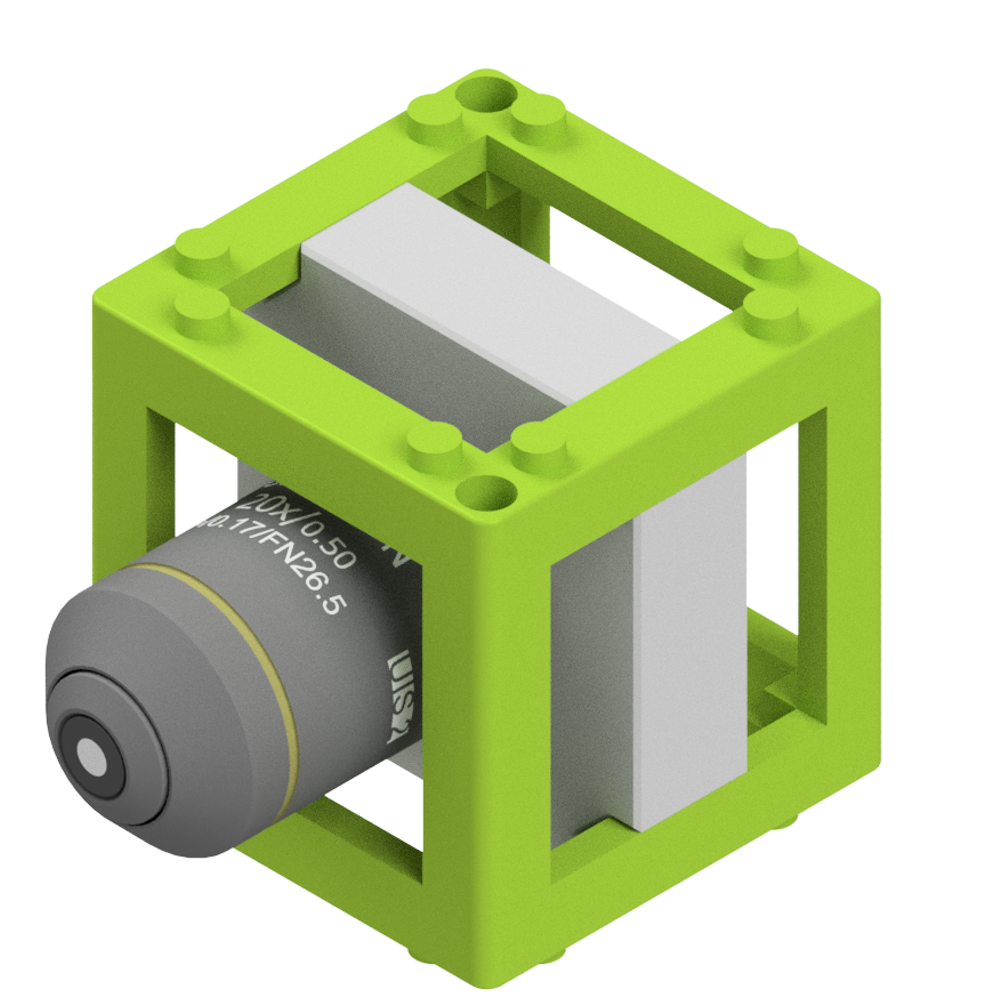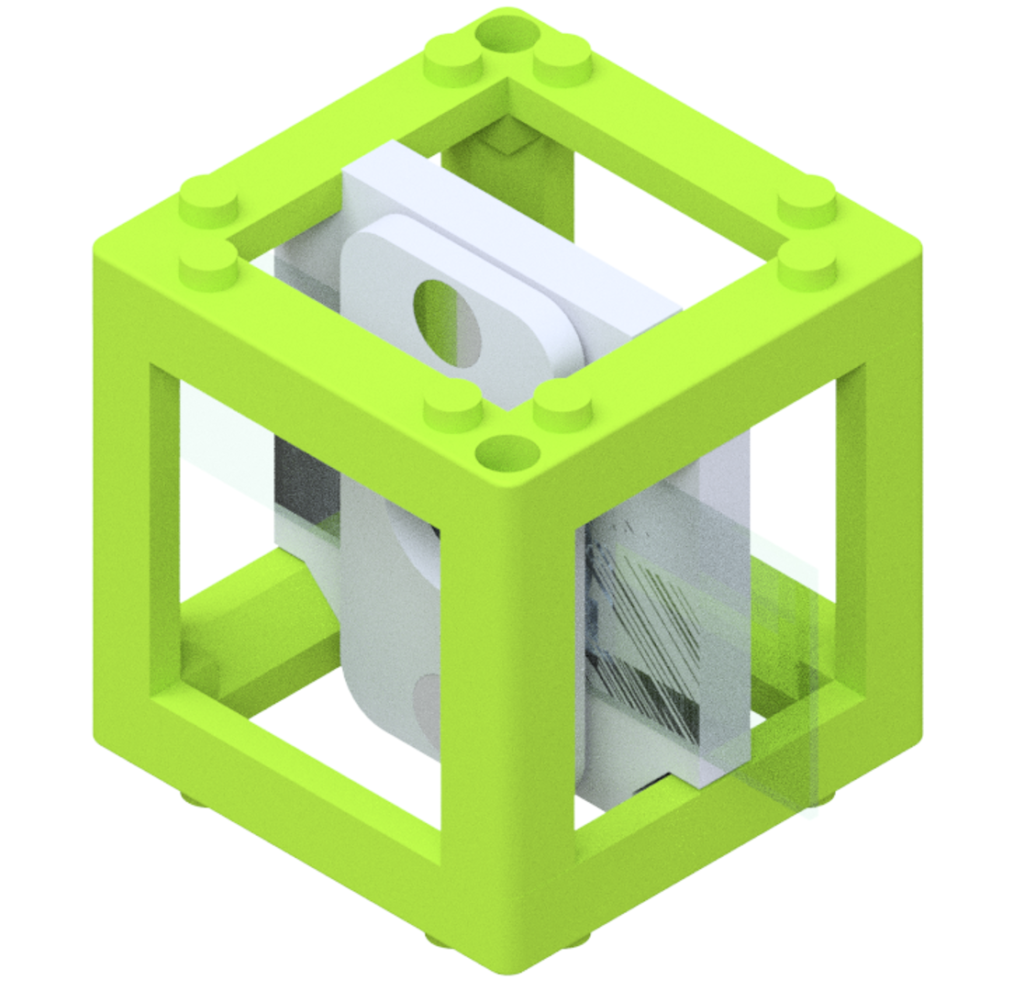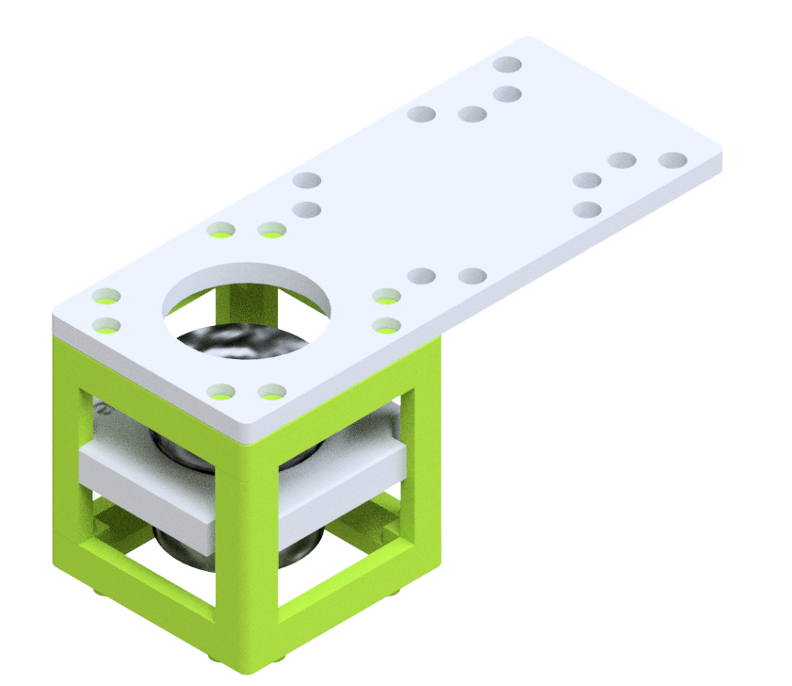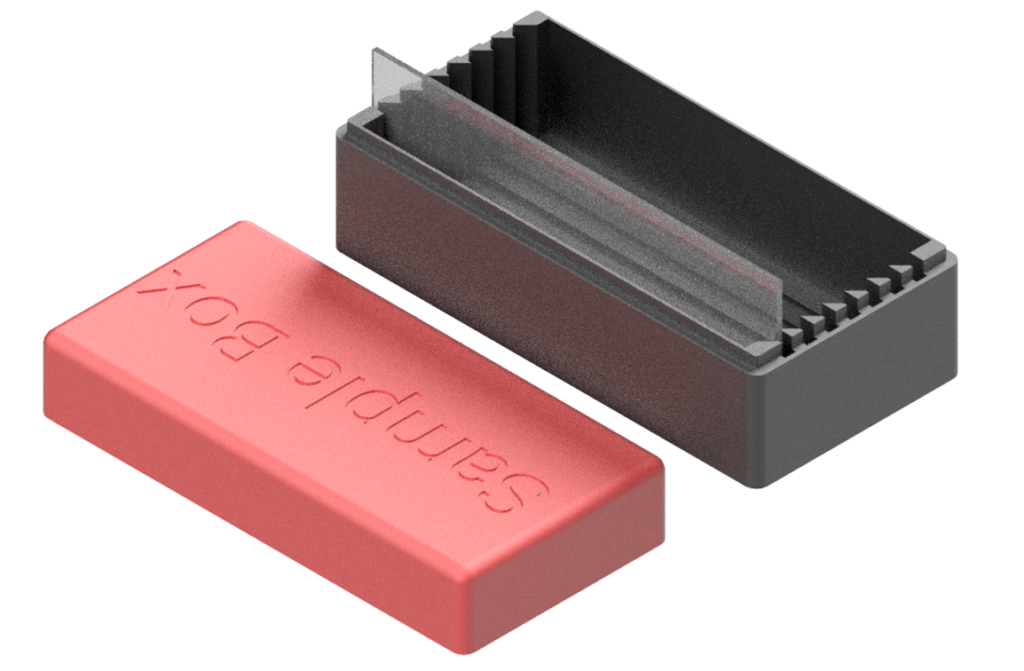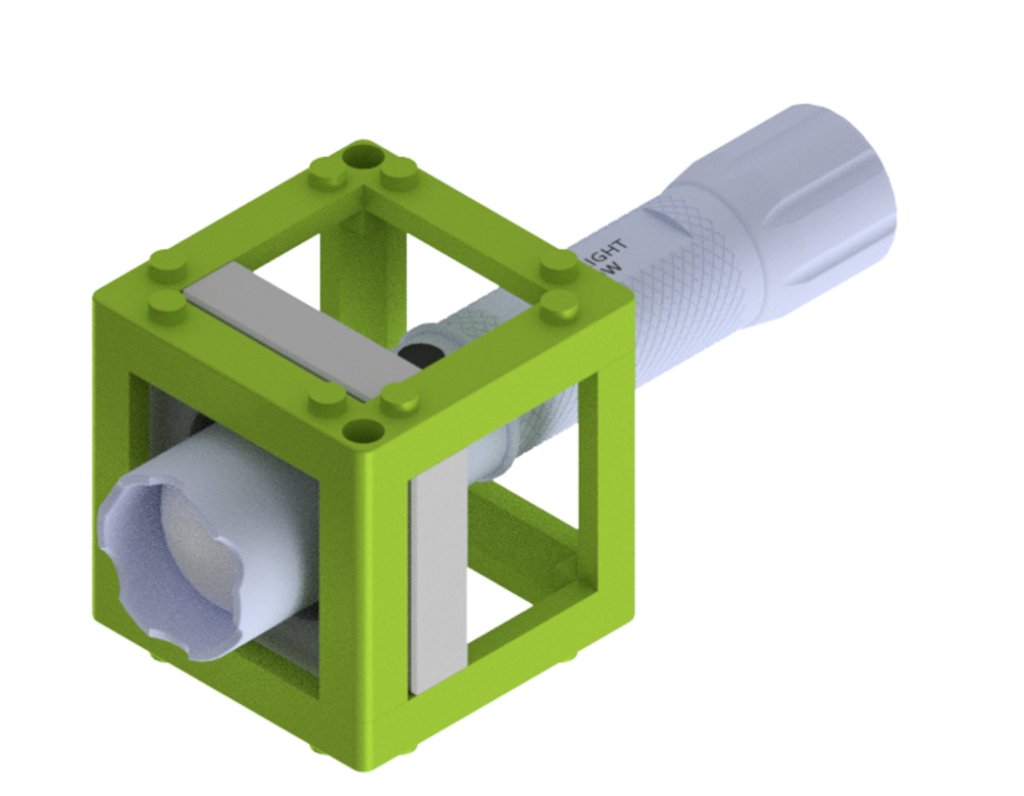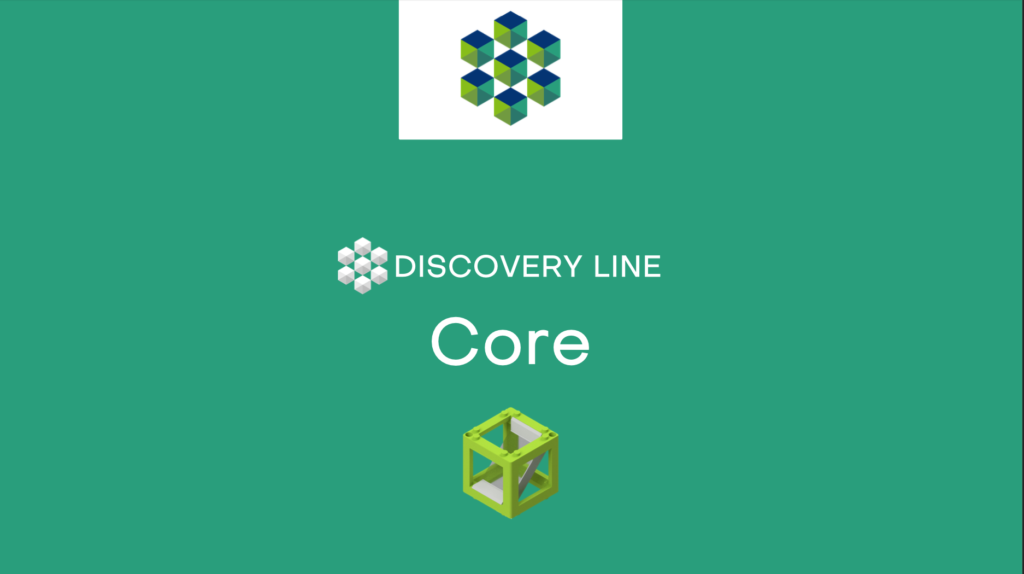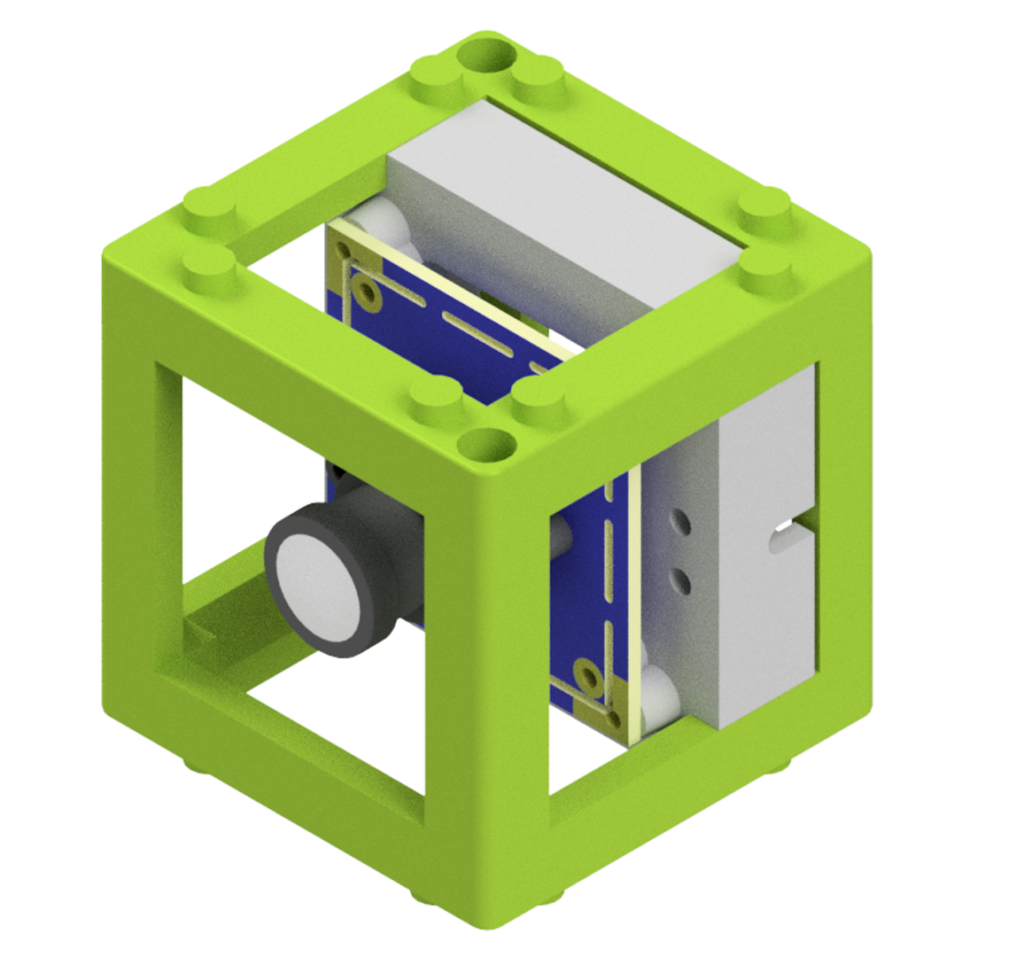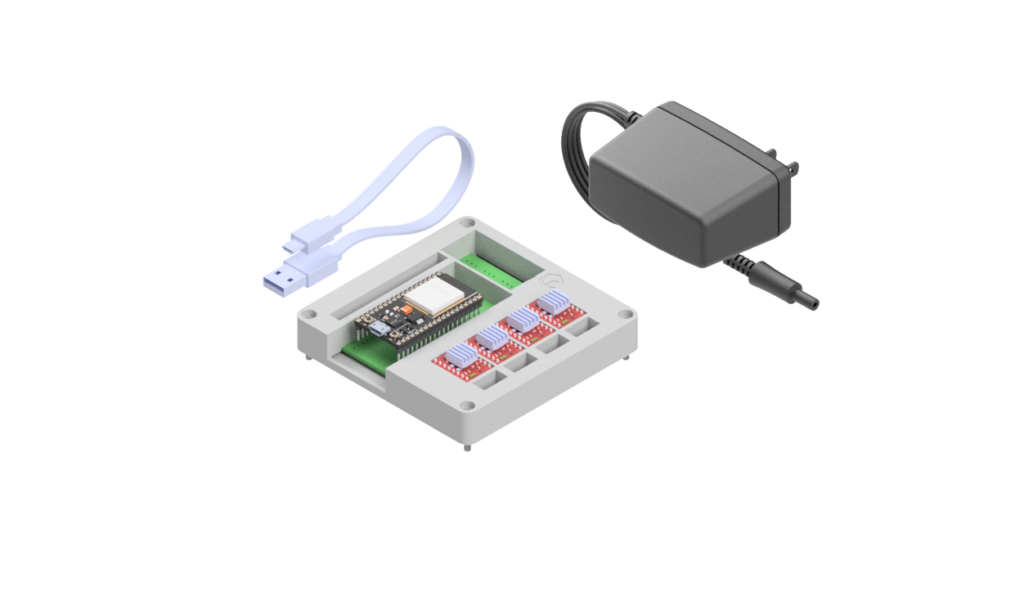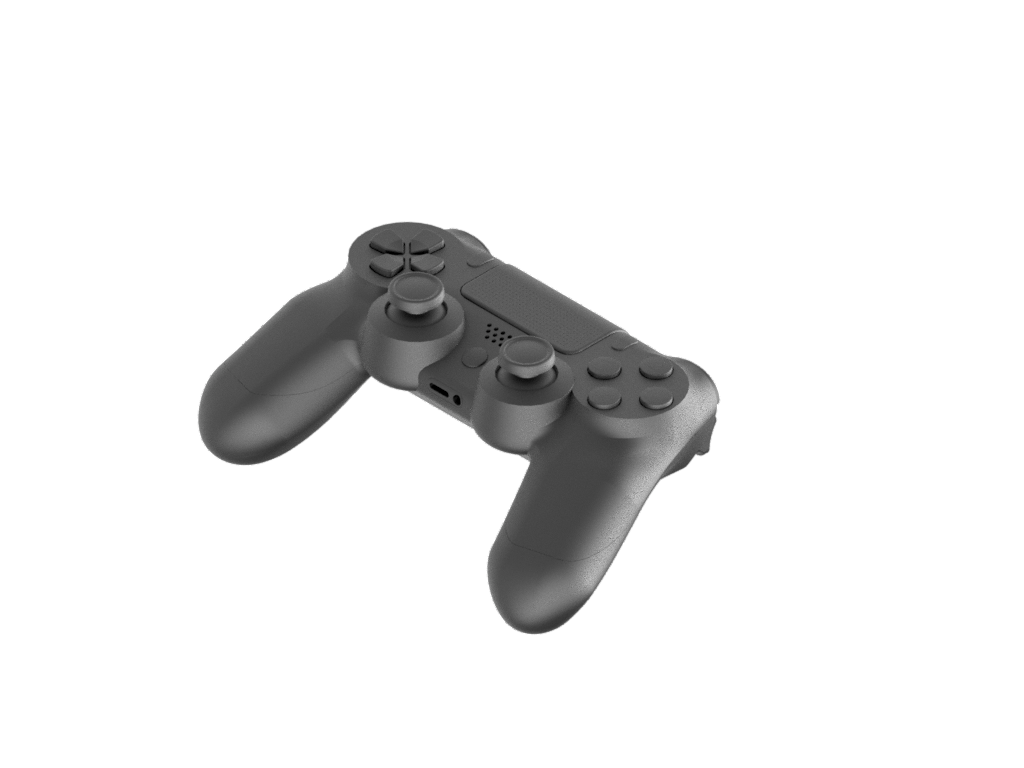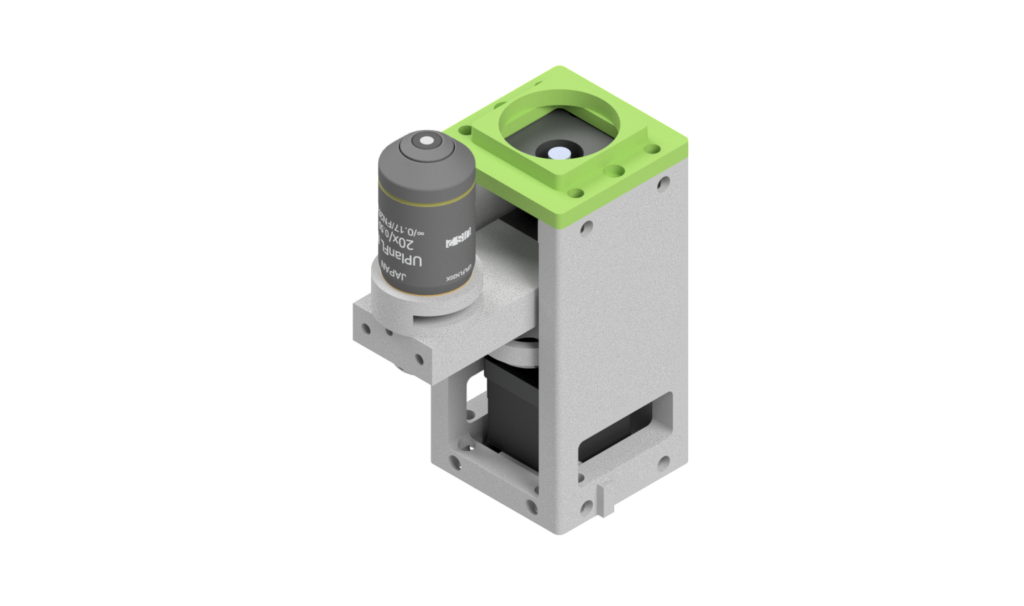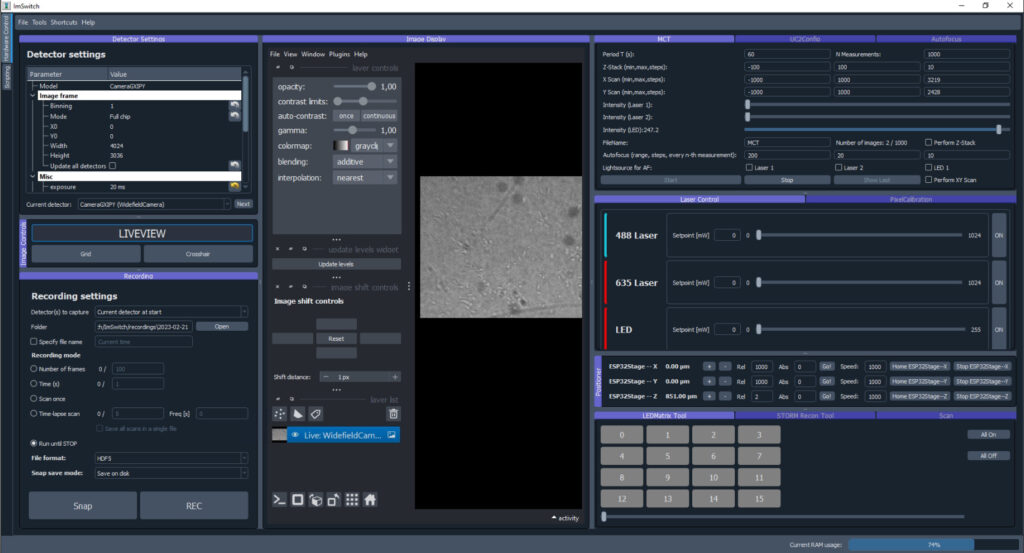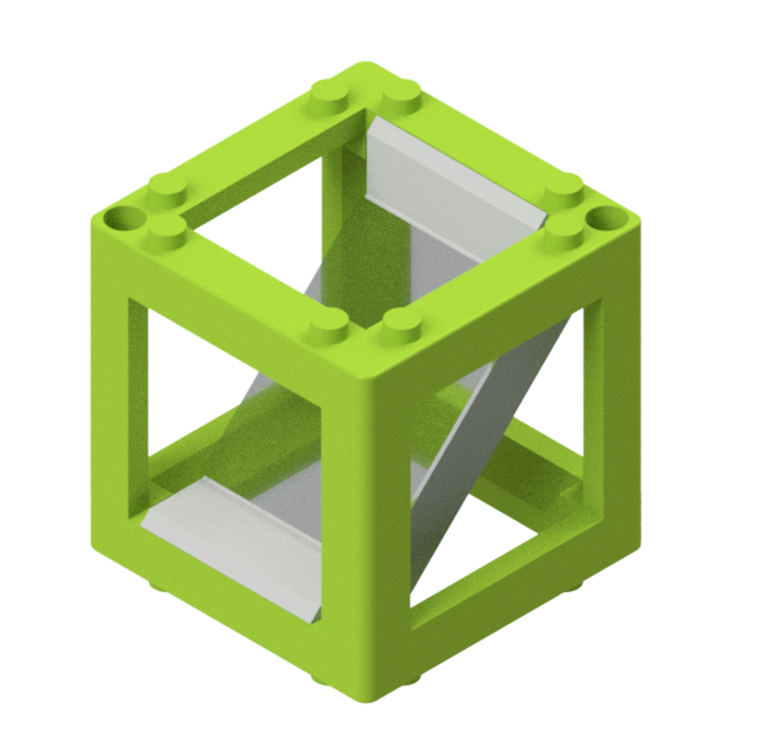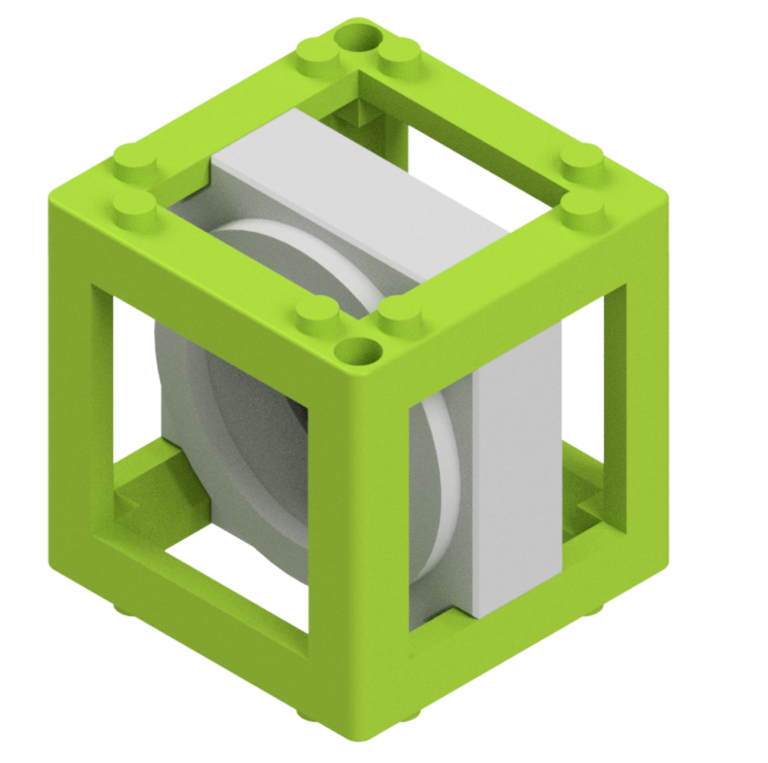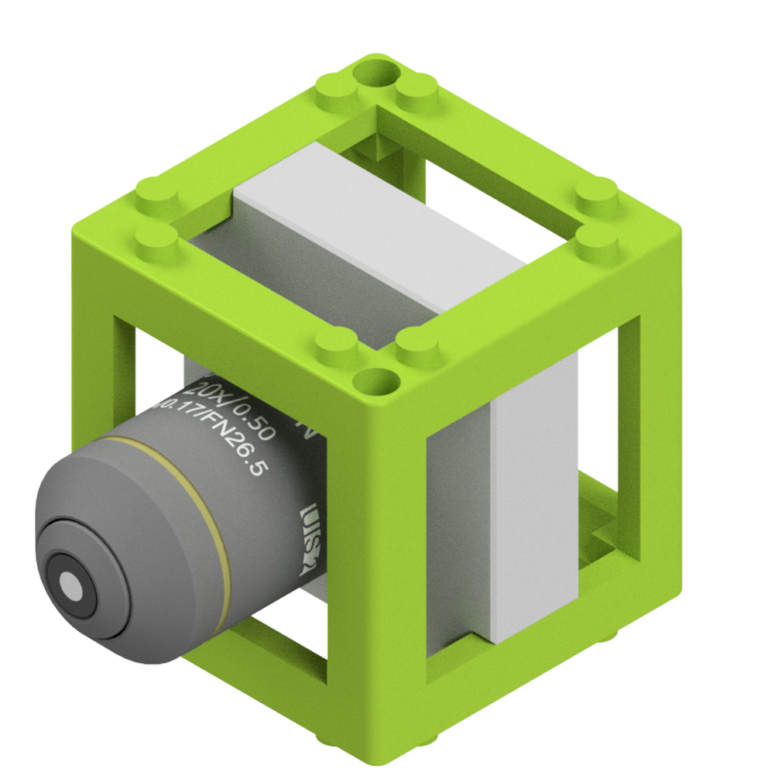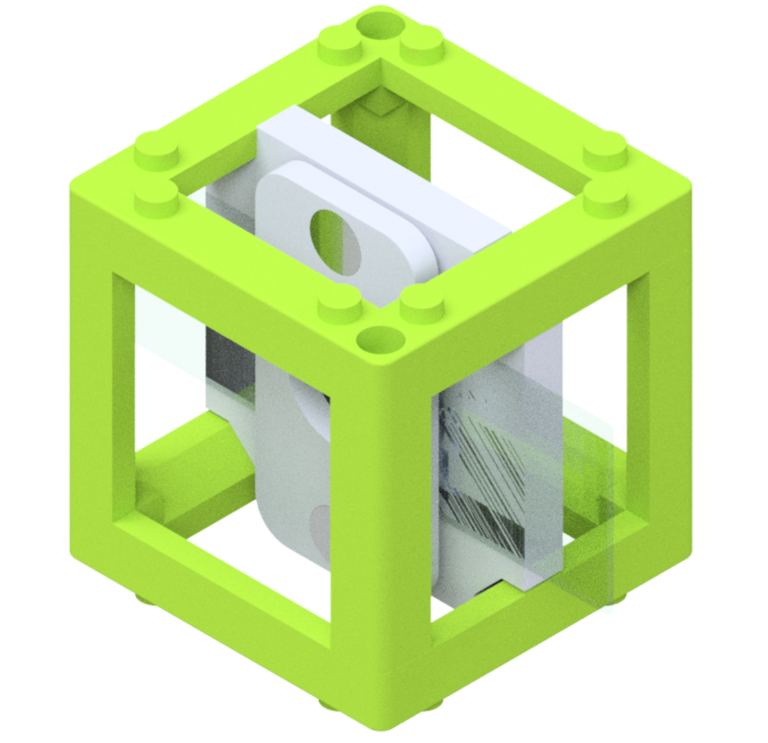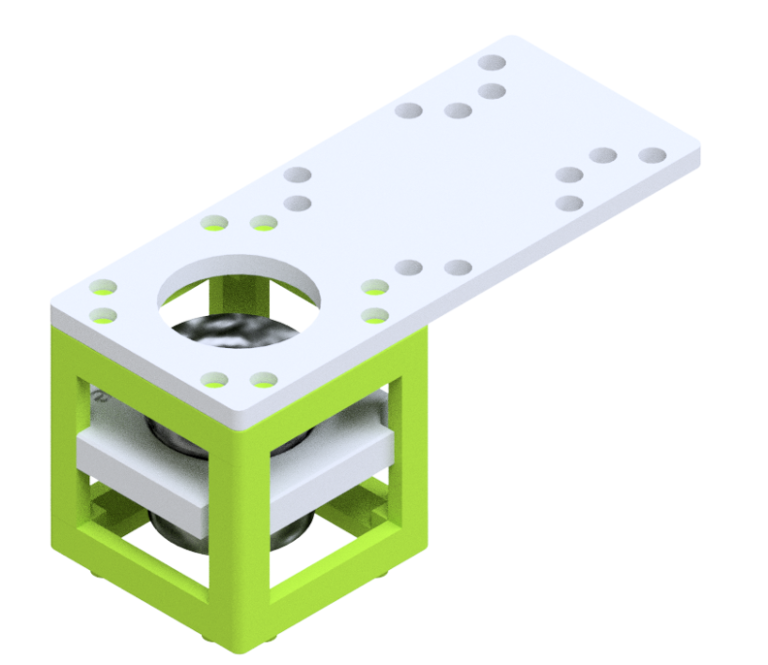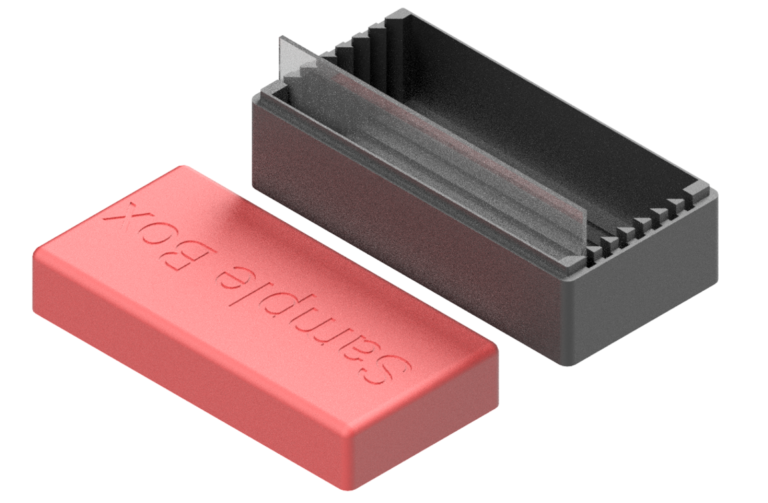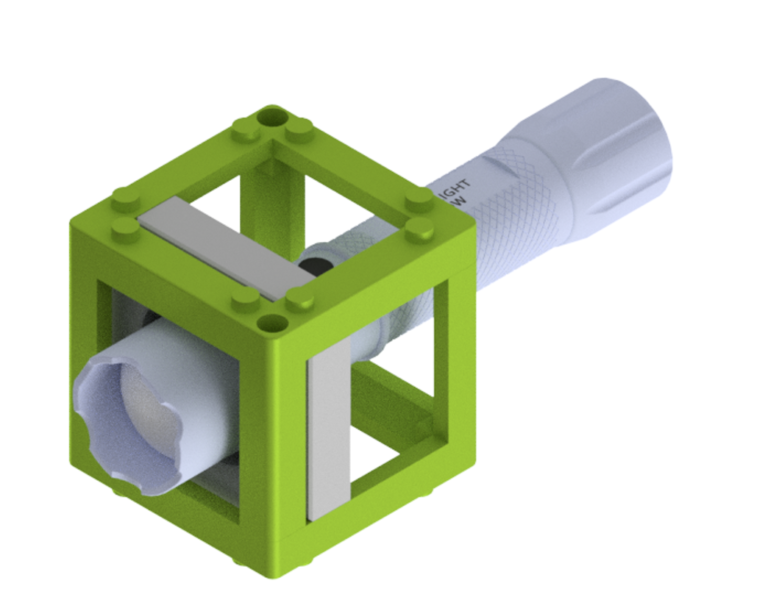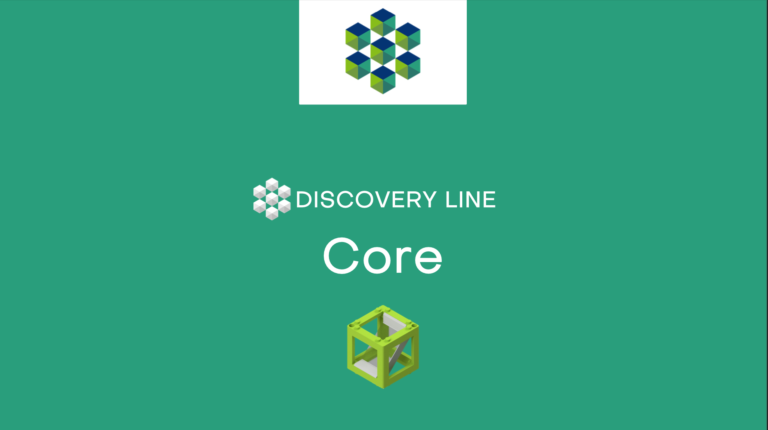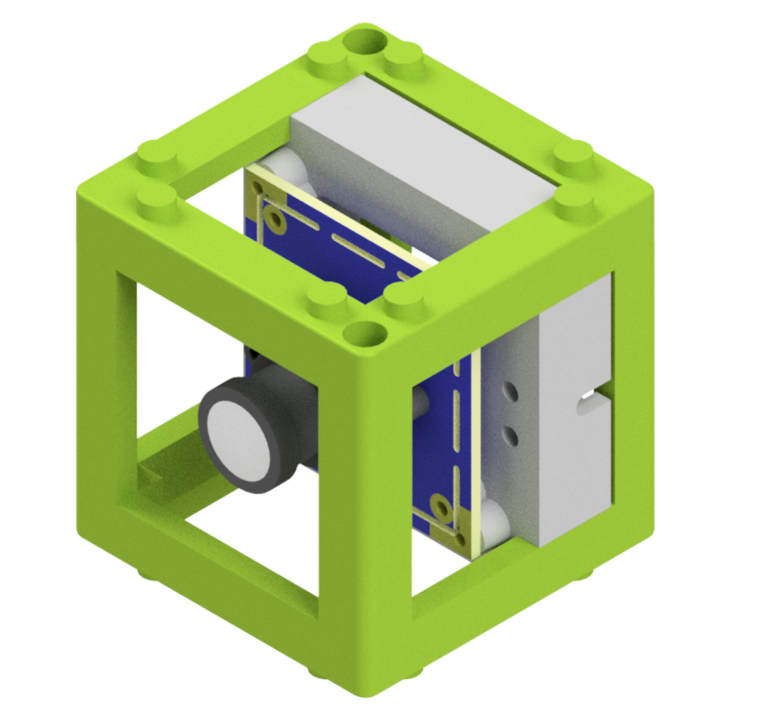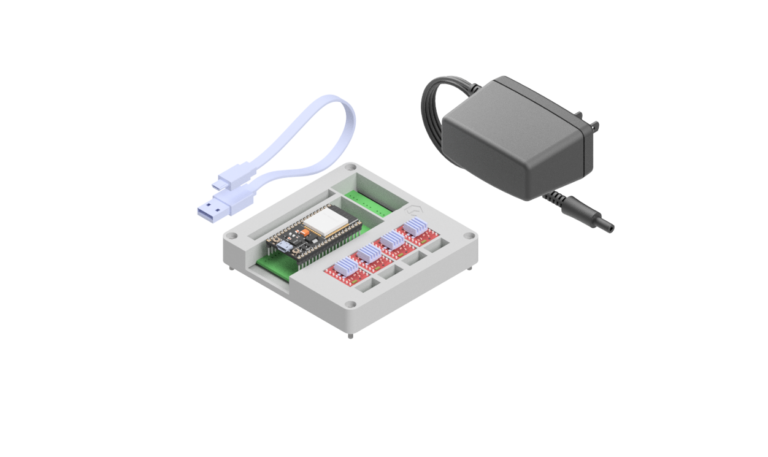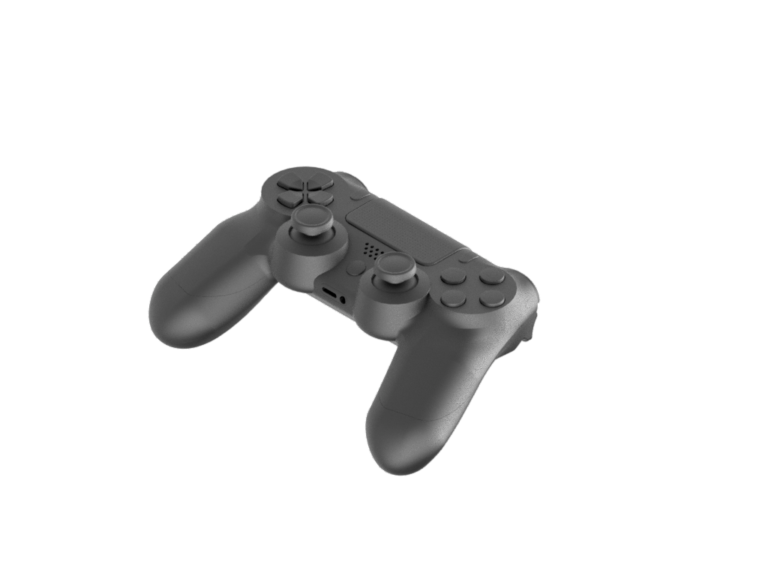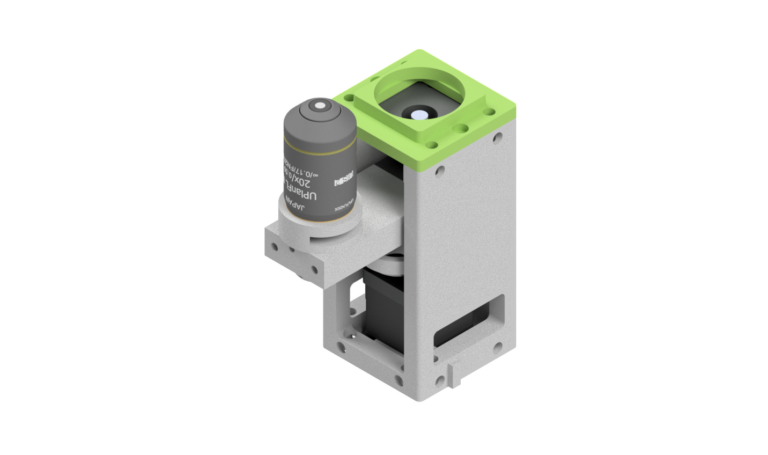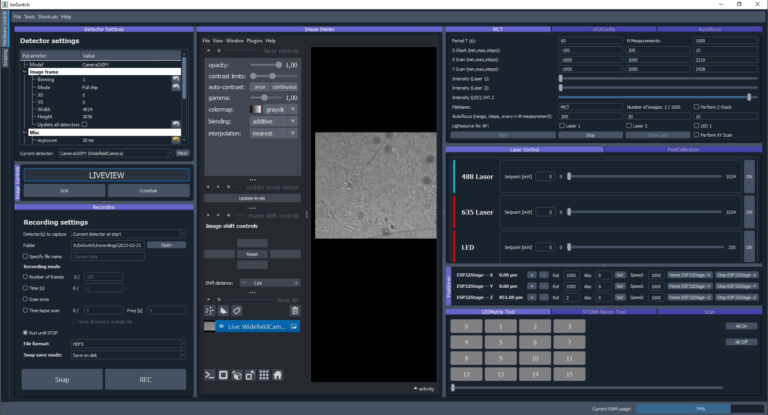Overview
Discovery Line
+
+
Filters, Splitters & Light
Interference
add-On for Core
BETA Coming Soon
To Be announced
add-On for Electronics
Core
Introduction & Challenge
Why can a lens magnify an object? How does a cinema projector work? Why is the image of a Galilean telescope more compact than that of a Kepler telescope? What’s the difference between finite and infinitely-corrected optics in a smartphone microscope?

Optics gives you the answers. But unfortunately, only a small part of this highly interdisciplinary field that supports our daily lives in telecommunications, life sciences or astronomy is taught in schools and universities. Intuitive tools to teach the core principles of optics and photonics are urgently needed to challenge the knowledge in textbooks. So which topic do you want to focus on?
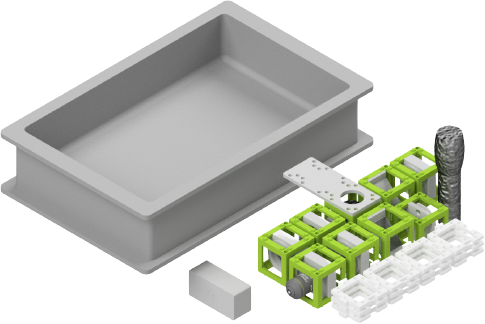
Core
NEW
The DISCOVERY Line teaches you microscopy from the very basics to advanced topics. The whole course is built upon the analog Core kit, which brings you a set of lenses, mirrors and our very cubes. Build up to 9 setups, including e.g. a smartphone microscope, together with our printed or digital manual and start exploring the world of microscopy.
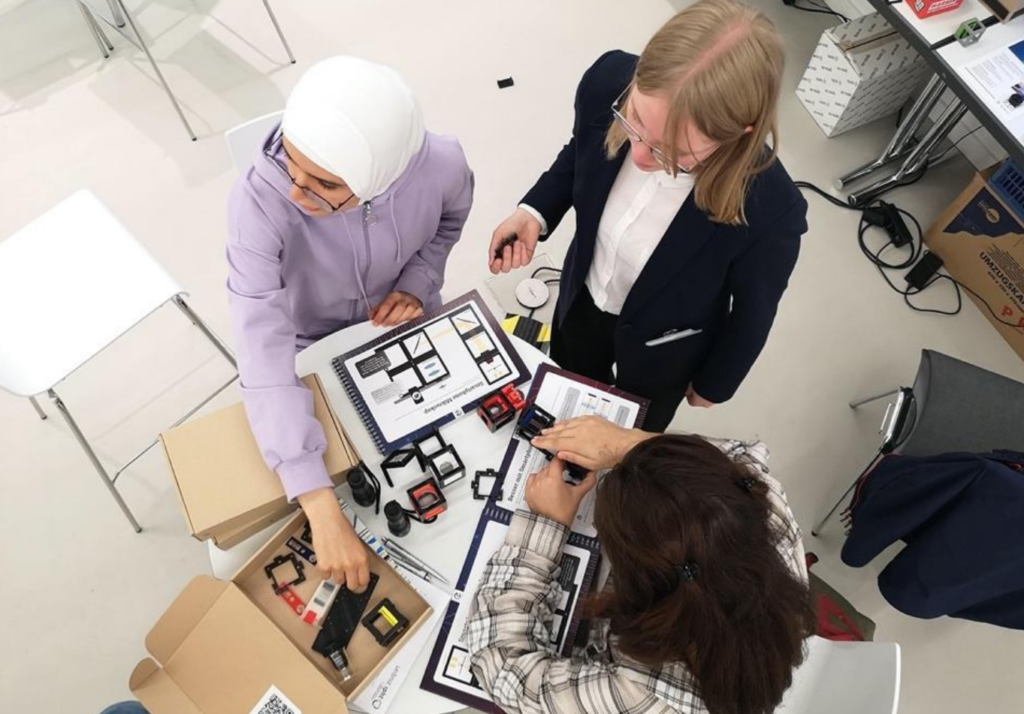
Core
Solution
With Core we present a modular optics educational kit in which optics becomes tangible. Starting with the core elements, you learn the function of lenses, mirrors and objectives before the individual modules are assembled into complex optical setups such as telescopes and microscopes. Not only do you learn the basic physical principles in a playful way, but you also directly expand your biological knowledge by imaging self-fabricated or your own biological samples. With your own mobile phone, you can directly take the picture of the sample and take your first steps as a data scientist by processing this raw data.
Core
Application
There are many paths from the individual lens to the finished microscope.
After our tutorial ends, the adventure really begins. Explore your own environment by taking distributed samples and analyzing them, extend our basic kit with new components or develop your own modules. openUC2 is open-source! You can find all essential design files on Github and extend your existing system as you like. Challenge yourself and extend the toolbox to e.g. detect micro-plastic in drinking water and share it with the growing and very active community!
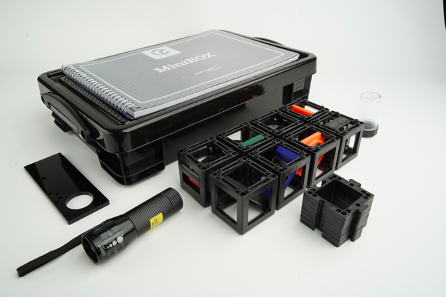
Core Toolbox
contains

Core
Curious?
Contact us for
a custom quotation.
Contact us for a custom quotation.
Go Further with our Add-On Kits
Go Further with our
Add-On Kits
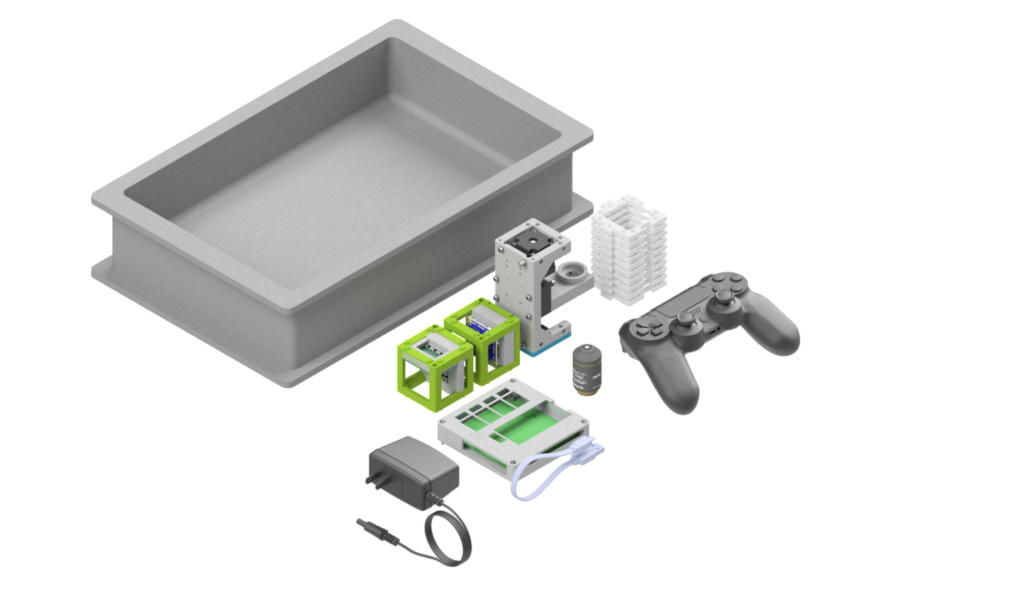
ELEcTRONICS
NEW
Electronics extends Core by a digital control unit together with a software suite, a controllable linear-stage, an array of individually controllable LEDs and an RGB-camera. It empowers you to build your first, automated imaging workflow and lays the foundation for professional data-processing. Enhance your smartphone microscope to a proper, remote-controllable microscope.
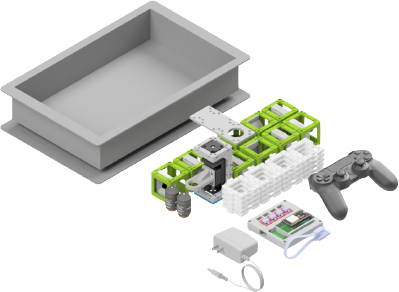
Soon
Interference
BETA
Interference extends Core by a set of mirrors, polarizers, spatial filters and a small-band light-source to let you explore the polarisation behaviour of light and the relation between Fourier and Image-Plane. It empowers you to get insight into phenomenas of wave optics like e.g. self-interference of a coherent light-source. Build setups like: the famous Abbe-Experiment, Back-Focal-Plane manipulation (BFP), Michelson- and Mach-Zehnder interferometer.
Concepts from geometric optics to wave optics to quantum optics can be explained with the elements and literally made comprehensible. device at your site, but can be commissioned anywhere in the world with just a few simple steps. INTERFERENCE is still under development and more information will be available soon.
ELECTRONICS
Introduction & Problem
Microscopy is one of the most important tools in modern research. Since the discovery of the first cells with simple lenses, laboratory set-ups have developed into complex scientific instruments, whereby high demands on optical resolution drive price and complexity. The ability to “quickly” develop and test a setup is reserved for an expert, which unfortunately means that the interdisciplinarity of the microscope is completely lost.
In addition to the optical requirements, the interaction of automated hardware control and image evaluation is becoming increasingly important. Commercial devices lack an open interface to link available code and the data produced. A development towards automated robotic microscopy on a broad scale is impossible.

ELECTRONICS
NEW
Electronics extends Core by a digital control unit together with a software suite, a controllable linear-stage, an array of individually controllable LEDs and an RGB-camera. It empowers you to build your first, automated imaging workflow and lays the foundation for professional data-processing. Enhance your smartphone microscope to a proper, remote-controllable microscope.
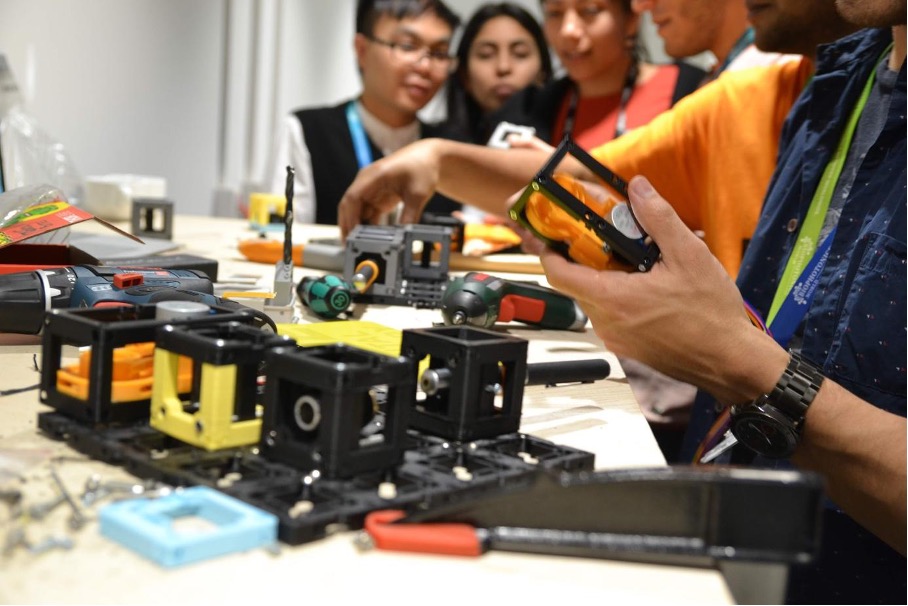
ELECTRONICS
Solution
With a programmable controller, actuators, an LED array and a laser, the openUC2 Electronics kit brings optics to life. Whether you need a fast focus stack of cells in an incubator using bright-, dark-field or phase-contrast or want to phase-tune your Michelson interferometer (built with the DISCOVERY Interference kit), the expandable Electronics kit provides the controlling modules and user-interface to make it happen. Complex setups that would otherwise be demonstrated in front of the students can be quickly replicated and expanded by everyone individually.
ELECTRONICS
Application
With the opportunity to develop your own modules you can take on your own challenges and get creative with the actuators and sensors. How about, for example, a compact device that uses a pump and a micro-fluidic chip to automatically check pond water for micro-plastic?
